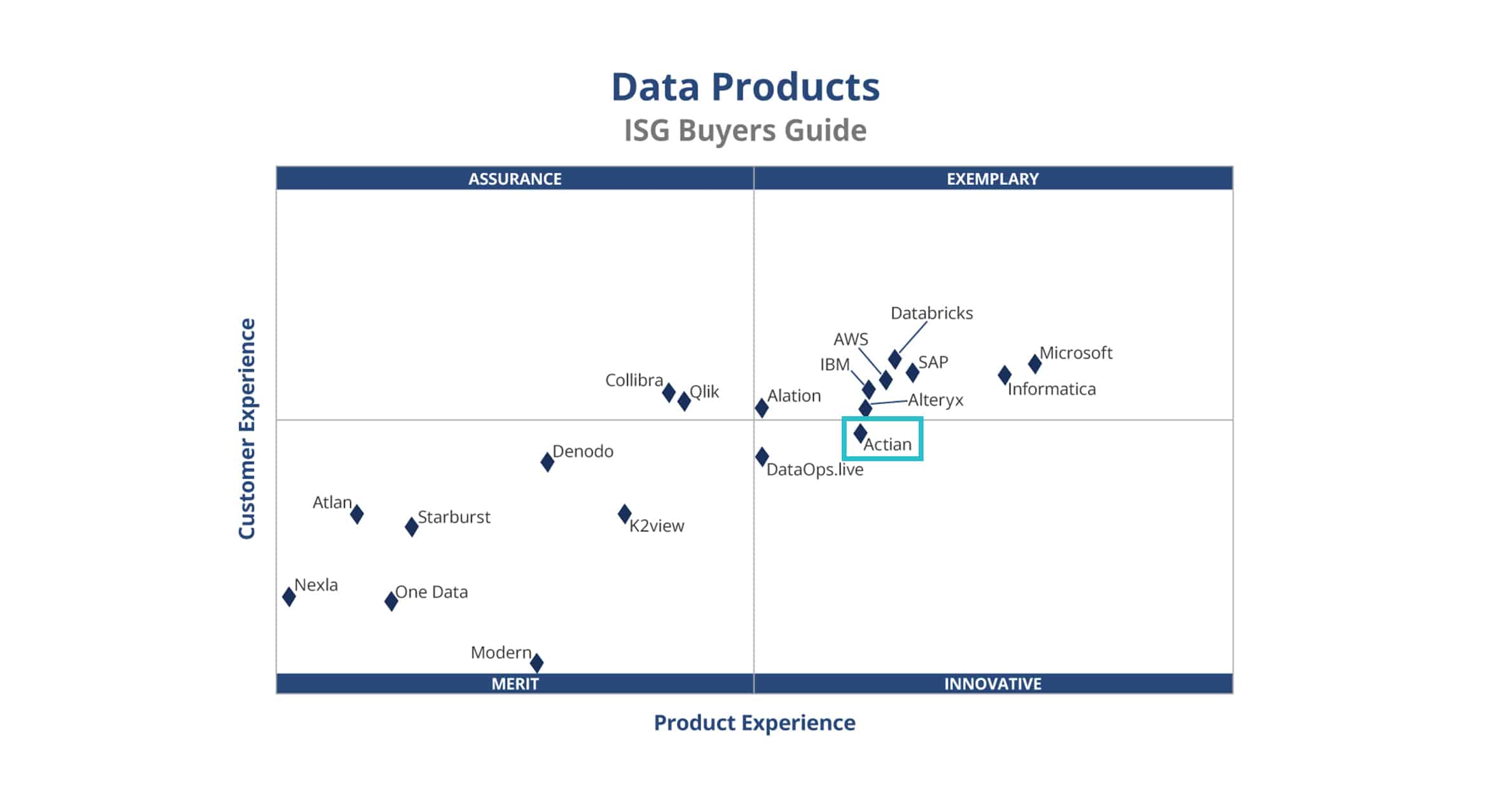What is a Terabyte?

What is a Terabyte?
A terabyte is a term to describe large storage capacity in computing. One terabyte (TB) is equivalent to 1,024 Gigabytes (GB).
How Big is a Terabyte?
To get an idea of the relative size of a Terabyte, below are computer storage units from the smallest to units beyond a Terabyte:
A Bit
A Bit is the smallest unit of storage. Early computers used magnetic media to represent zeros and ones. On magnetic tape, a portion of tape polarized one way represented a one and polarized the opposite way represented a zero value. To erase the tape, a strong electromagnet was used to depolarize or wipe the storage. Magnetic disks encode data in the same way. A compact disk or DVD uses a laser beam to create and read pits and bumps on a mirrored surface to represent one and zero-bit values.
A Byte
A string of 8 Bits is called a Byte. Byte values are written as a pair of Hexadecimal characters from Hex ’00’ to Hex ’FF,’ which represents decimal 255. This is calculated by multiplying the leading ‘F’ by 16, then adding 16, which is represented by the second ‘F’.
A Kilobyte
A Kilobyte (KB) is 1,024 bytes. This unit of measure is often used to describe the size of a small file, such as an image.
A Megabyte
A Megabyte (MB) in computer storage is 1024 Kilobytes. Big image files, such as those produced by a DSLR camera, are typically expressed in Megabytes.
A Gigabyte
A Gigabyte (GB) is 1,024 Megabytes. Memory sticks and solid-state (SD) drives are sized in the 32 to 256 GB range. Random-access memory (RAM) in a modern personal computer is typically 256 to 512 GB.
A Terabyte
A Terabyte (TB) is 1,024 Gigabytes. Hard drive capacity is usually expressed in Terabytes, and cloud storage costs are generally based on Terabytes per month.
A Petabyte
One Petabyte (PB) is 1,024 Terabytes. A Petabyte-sized storage array would need a cluster of servers to be effectively utilized and would take up many physical racks in a data center.
An Exabyte
An Exabyte (EB) is 1,024 Petabytes and is unlikely to be found outside a cloud provider’s data center.
Usage Examples of a Terabyte
Below are some current uses of the Terabyte measure:
- Store between 250,000 to 300,000 image files or 500,000 photos in high resolution.
- Store up to 500 hours of high-definition (1080P) video.
- Store up to 17,000 hours of audio data can be stored using a Terabyte of storage.
- Store around 85 million MS Word documents.
- A typical household that streams entertainment consumes about a terabyte of data per month.
The Cost of a Terabyte of Storage
The cost of storage decreases every year. You can buy a 1 TB solid-state external hard drive for under $50. In general, a solid-state disk is far more reliable than a spinning disk and uses less power. Subscribing to a 1 Terabyte of cloud storage costs as little as $10 per month.
Actian and Storage Management
The Actian Data Platform enables a business to easily connect to disparate data sources using advanced data integration technology that centrally manages the movement of data from its raw state to an analytics-ready data warehouse. Actian Vector is a high-performance database designed for analytic processing without the need for extensive tuning and administration.
Actian Vector stores data in its own columnar format and can parallelize queries within a server and across a cluster of servers to scale for large volumes of data. External data connectors support SQL access to Spark formats and common cloud platform file systems such as AWS S3.
The Actian Data Platform runs on-prem and on cloud platforms, including AWS, Azure, and Google Cloud. Computing and storage can be scaled separately. Unlike many cloud-only data warehouse solutions, a single Vector instance can support large numbers of concurrent users and a multitude of simultaneous queries, transactions, and analytical tasks without sacrificing performance.




